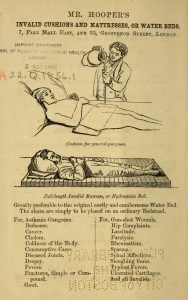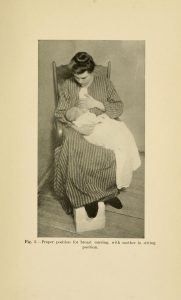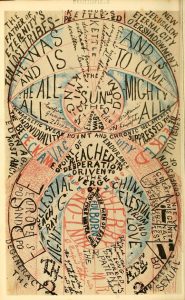Dorothea Lynde Dix (1802-1887) was one of the most influential lay social reformers to focus on the care and treatment of the mentally ill in 19th-century America. After starting a career as a school teacher in Massachusetts, Dix became aware of the abject conditions under which mentally ill persons in the state were held and treated: many of them kept restrained in dank prisons with little or no clothing, heat, or treatment. Campaigning first in Massachusetts and Rhode Island and then around the country, she approached numerous private donors, state legislatures and the US Congress to make funding available to build humane facilities for the mentally ill. Continue reading
Primary Source Sets
MHL Collections
Reference Shelves














